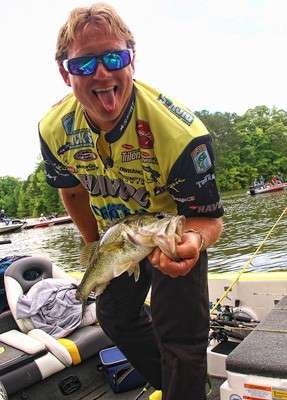
We’re halfway through the 2013 Bassmaster Elite Series and, as always, there have been some surprises. No two seasons are quite alike, and it’s a good time to take a look at what’s making 2013 unique.
Macro
Let’s start with the bigger picture — the tournaments as a whole, rather than the individual anglers.
British philosopher Thomas Hobbes once famously described the natural state of mankind as “solitary, poore, nasty, brutish, and short.” I’m not sure I’d want to tag along with Hobbes on an extended road trip, but his quote goes a long way to describing the fishing so far this year. The weather has been spotty or worse, the fishing has been way below average for Elite events, and the fish (except for the tournament on Falcon Lake) have been small (and even on Falcon they were a little disappointing).
Things started out rough at the Sabine River, perhaps the most difficult event in Elite history. To describe the fishing as subpar would do “subpar” a disservice. Bass on the Sabine were few and far between, and when they did appear, they were small.
Things got dramatically better at Falcon Lake, site of so many records in 2008. Falcon didn’t provide any records this time, but it did produce three catches of over 100 pounds and an average bass weight of better than 4 pounds.
Bull Shoals was next. In 2012, the fish were small, but plentiful. This year, they were just small. A brutal cold front brought lightning and chilly temperatures that postponed the tournament and kept catch rates down. Big fish were conspicuous in their absence.
Finally, at West Point, the trend of tough fishing and small bass continued, reaching record-setting proportions. The average bass brought to the scales weighed just 1.73 pounds — Elite petite.
The second half promises to be more of the same — at least as far as bass weights go. The Alabama River is certainly not going to step things up in the lunker department. Ditto for the Mississippi. The St. Lawrence River and Lake St. Clair could impress, but probably not enough to keep this from being the Elite season with the lowest average bass weight.
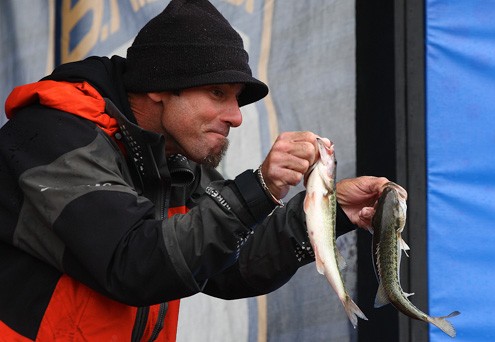
And that’s OK. Different seasons test different things, and the 2013 season looks like it’s going to test anglers’ ability to bring five keepers to the scales. That benefits guys like Todd Faircloth, Aaron Martens and Gerald Swindle, who always seem to catch limits. It hurts guys like Brandon Palaniuk, who tend to catch larger than average bass, but not as many fish as the rest of the field.
Bassing average (the average number of bass brought to the scales each day by an angler) is much lower than ever before at 4.01. Historically, it’s 4.51, and that’s a very big difference. At West Point, Cliff Crochet made it to the finals and didn’t catch a limit on any of the four days. If you can catch five a day in 2013, you’re cashing checks and earning big points.
We’re just halfway through the season and no Elite angler has limited every day he’s been on the water. Zero. None. That’s never happened this early in an Elite season. Last year, four anglers brought a limit to the scales every day they were on the water.
Micro —The Ups
Since we’re focusing on surprises here, I’ll skip over some of the usual suspects who are doing well, notably Edwin Evers, Kevin VanDam, Skeet Reese, Todd Faircloth and others who we expect to see winning tournaments and leading the Toyota Bassmaster Angler of the Year race.
Instead, let’s make note of Chris Zaldain, a young angler who came out of California last year with great expectations. He struggled early in 2012 before having some late success and finishing 69th in the AOY race. This year, however, he’s hit his stride and ranks fourth. With Reese third and Ish Monroe sixth, that means the Golden State has half the top six anglers. The last time that happened was 2007, when the season started in California and five of the top seven lived — or had lived — there.
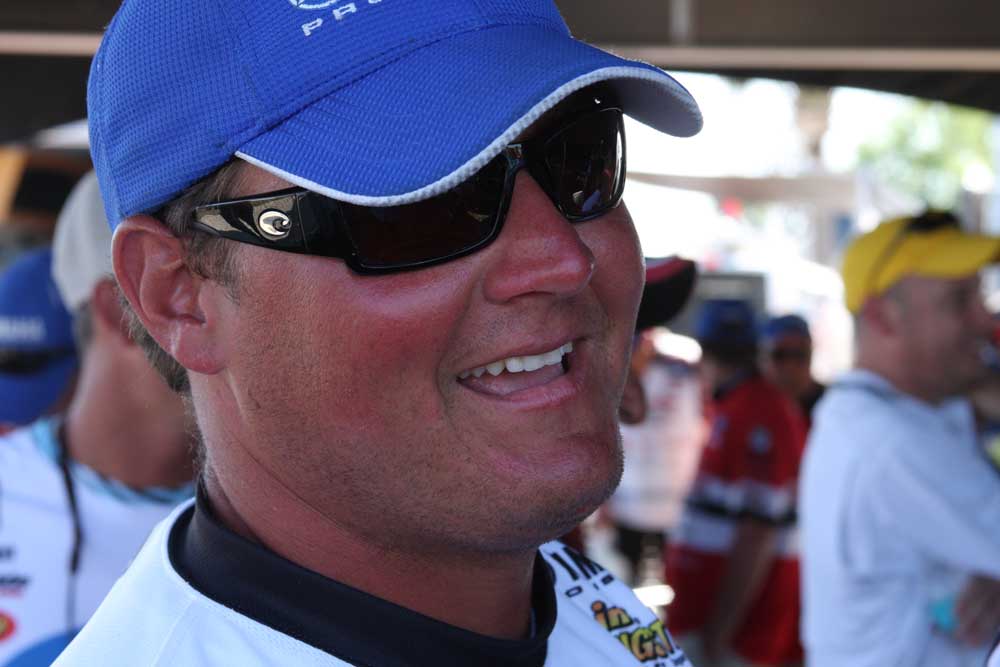
I’m hard-pressed to call Cliff Crochet’s early success a surprise since he’s done it before. He started strong in each of the last two years before fading down the stretch. He’s currently ranked eighth in AOY. The question surrounding Crochet is whether he can keep it going when the weather gets hot and the trail heads north.
A trio of rookies are making the Rookie of the Year race a tight battle so far. Hank Cherry, Jason Christie and Cliff Pirch are basically in a dead heat for the honor. Christie has already won an Elite event (Bull Shoals) and qualified for the 2014 Bassmaster Classic. He’s had two Top 12 finishes and two others where he was 69th or worse. Cherry and Pirch haven’t had the same highs, but they haven’t dipped to those lows, either. It should be a good race to the end, and there’s still time for one or more of the other six rookies to get in the hunt.
And if the season ended right now, Rick Clunn would earn a berth in his 33rd Bassmaster Classic. He finished second at Falcon and caught 100 pounds in a tournament for the first time in his career. Halfway through the season, he’s already made the top 12 twice. Unfortunately, he finished in the 70s in the other two events. If he can avoid those kind of tumbles in the second half, he’ll be at Lake Guntersville in 2014, the site of his first Classic championship in 1976.
Micro — The Downs
What is Ott DeFoe doing in 35th place in the AOY standings? I have no idea, but I’m certain he doesn’t belong there. In a season where just bringing five keepers to the scales each day means so much, I’d have bet that DeFoe would be close to the top. Look for him to turn things around in the second half.
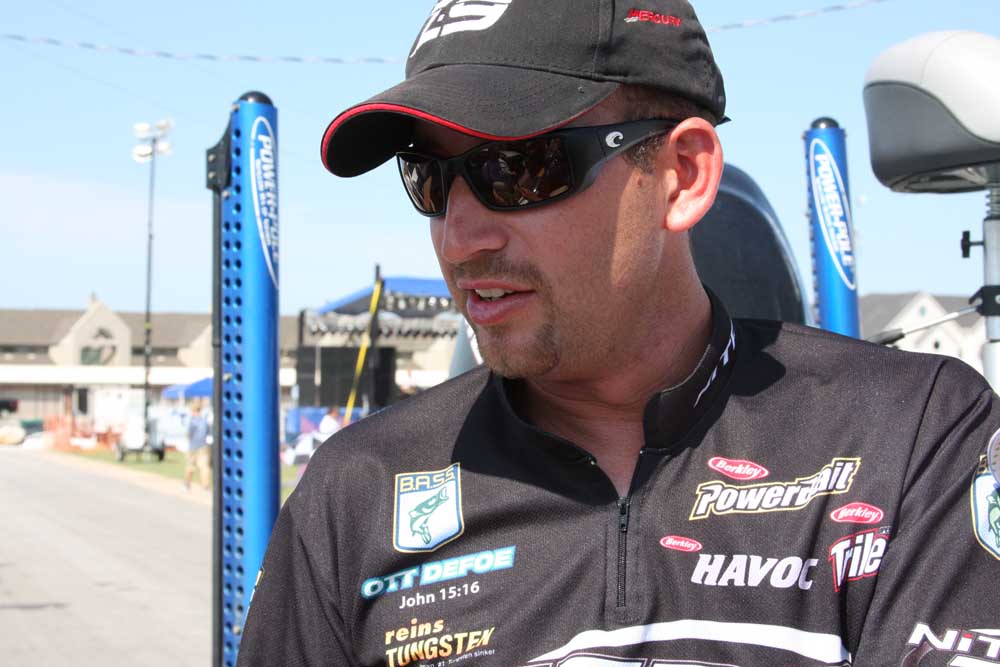
And if DeFoe’s position doesn’t shock you, there are plenty of other surprises in the AOY standings. Brent Chapman — the defending AOY — is 51st; David Walker is 52nd; Chris Lane is 54th; Michael Iaconelli is 57th; Davy Hite is 62nd; Shaw Grigsby is 65th and Randy Howell is 77th. Walker, Ike and Howell have never ranked so low at the the halfway mark. In fact, at this time last year, Howell was leading the AOY race.
None of those anglers is “done” for the year, but they all have hills to climb if they want to make the 2014 Classic. Lane, in particular, would hate to miss the championship on his adopted home lake. Iaconelli’s last win was on Guntersville (2006), and he hasn’t missed a Classic since 2001. And could Chapman follow up the best year of his career with his worst finish in Elite history?
Micro — The Outs
“Win-and-you’re-in” has met with mixed reactions since it became part of the Bassmaster Classic qualifying process a couple of years ago. On one hand, it takes berths away from anglers who were consistently solid over the course of a full season. On the other, it keeps everyone in the hunt until the final fish is weighed in the last Elite Series event and Bass Pro Shops Bassmaster Open.
And it certainly gives Elite anglers something to think about at the midseason point. To say that everyone still has a chance to qualify on AOY points is disingenuous. At some stage and ranking, an angler’s only realistic chance to make the Classic is to win an Elite tournament.
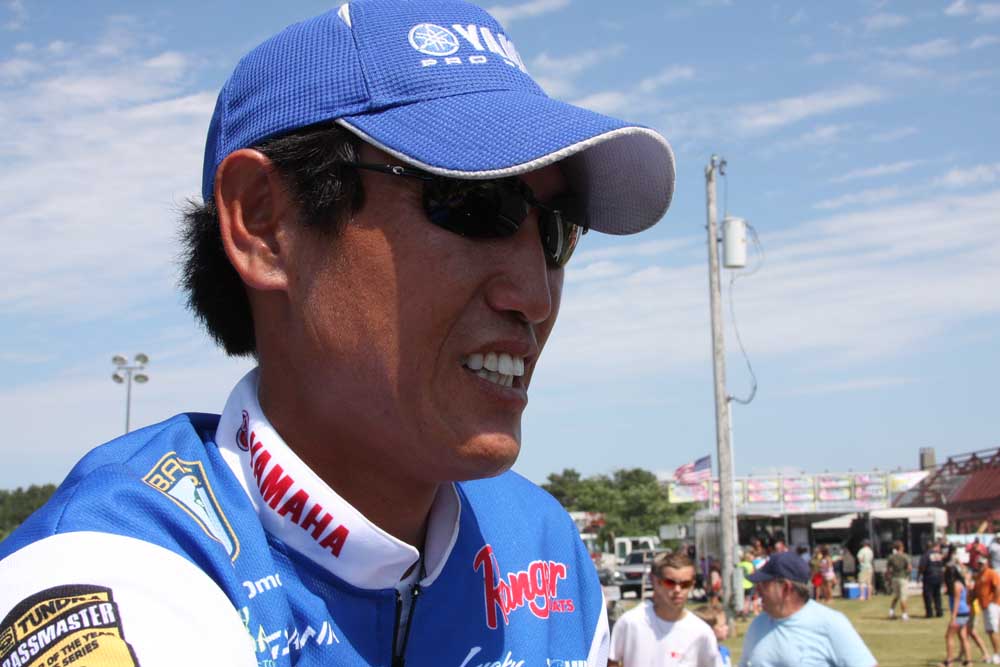
For those anglers ranked 65th or lower, that time is now. It’s time to “swing for the fences,” “go for broke,” and find all the “stops” so you can pull them out. Your best chance to get to the big dance is no longer to keep your head down, take it one day at a time and let the game come to you. You need to win one for “the Gipper” … or maybe “the Flipper” (or whatever other nickname you like). Your ticket to the big dance is a big blue trophy.
Why 65th and worse? Because every year since the inception of the Elite Series, at the midway point someone ranked around 60th has pulled it out, had a tremendous second half and earned his way to the Classic on points. Jeff Kriet did it from 59th in 2009; Paul Elias was 58th when he turned things around in 2010; and in each of the last two years it was Takahiro Omori who worked miracles to get to the Classic (he was 63rd in 2011 and 60th last year after four events).
Yes, 2013 has been interesting and should be even more so in the final four Elite tournaments. The first half is over. The second half starts … now.

